The Panamanian government proposed the Trans-Isthmian Colonial Route to UNESCO in 2019. The United Nations Educational, Scientific and Cultural Organization (UNESCO) was meeting in Azerbaijan at the time. This committee used the recommendation of the International Council on Monuments and Sites (ICOMOS) to ask Panama to review the proposal and resubmit it at the next meeting which would be held on February 1, 2022.
This committee asked Panama to justify better the universal value of the Trans-Isthmian Colonial Route and in that proposal to guarantee the necessary funds for the management of the whole and its long-term financial sustainability. In addition, they should make a “single, comprehensive and readable” management plan.
Panama has five UNESCO World Heritage Sites. These are the Darien National Park (1981), the reserves of the Cordillera de Talamanca–La Amistad (1983) which is shared with Costa Rica, the Coiba National Park, the Portobelo and San Lorenzo fortifications, the archaeological site of Panama Viejo and Panama’s historic district known as Casco Viejo, Casco Antiguo, or San Felipe.
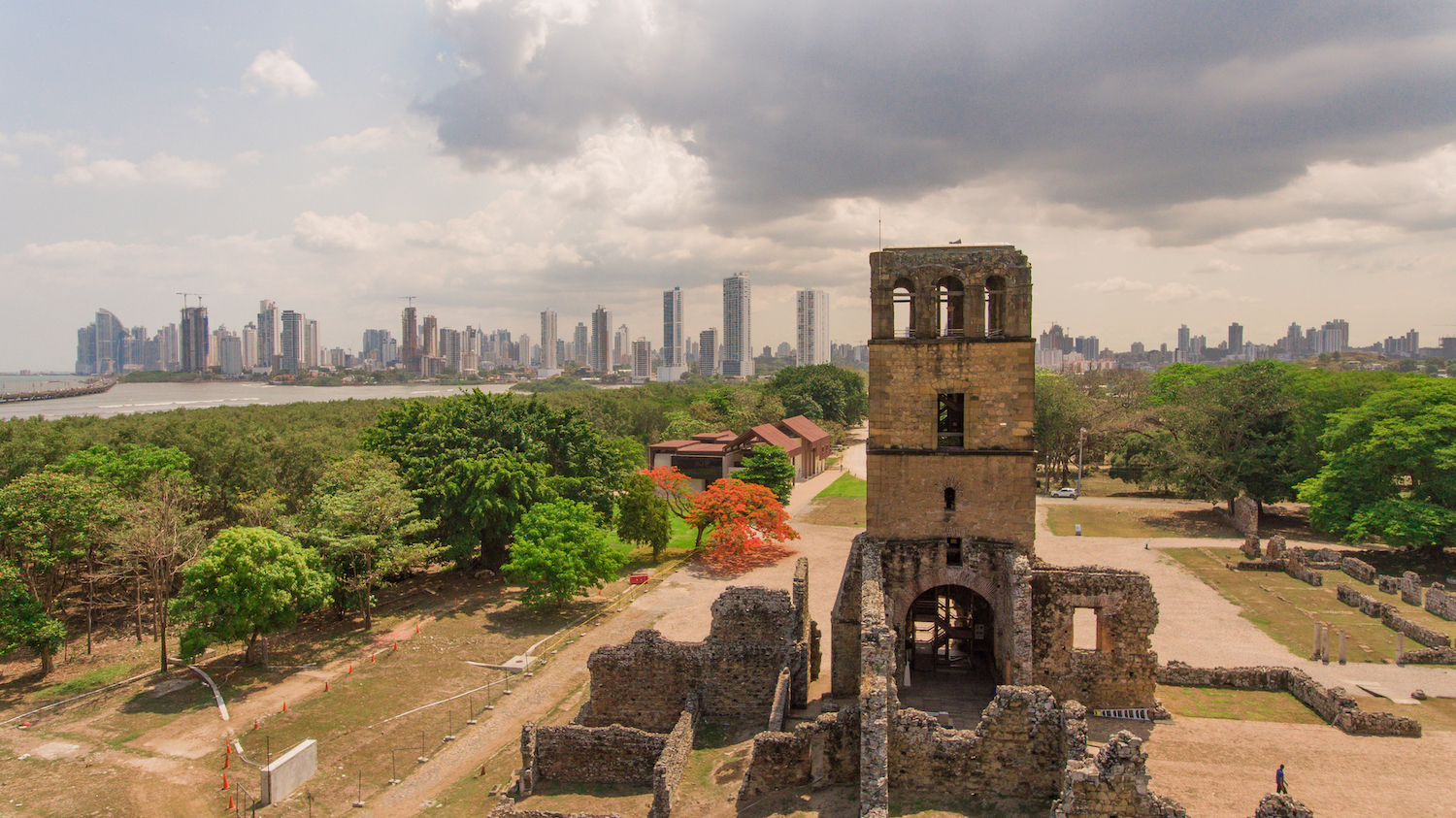
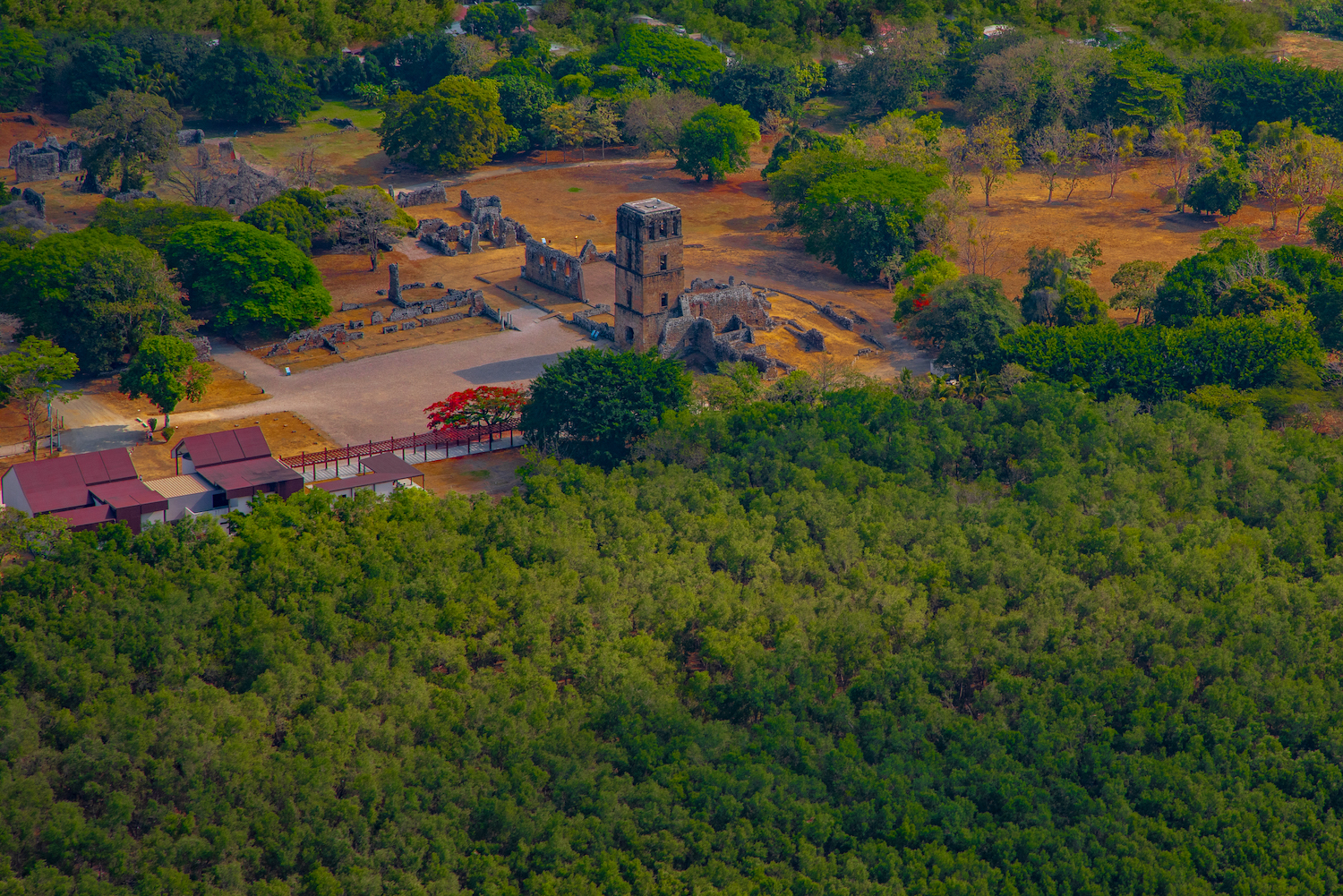
The Trans-Isthmian Colonial Route will be the sixth site in Panama to be added to the UNESCO World Heritage List.
The Trans-Isthmian Colonial Route
The Trans-Isthmic Colonial Route was approved by UNESCO in December 2022. The Panamanian government organized an inter-institutional committee to coordinate the first phase of the route. This committee includes the municipalities of Panama, Colon and Portobelo, the Ministry of the Presidency, the Ministry of Foreign Relations (which is located in the Bolivar Palace in Casco Viejo), the Ministry of Culture and the Ministry of the Environment, as well as the Authority of Tourism of Panama and the Canal Authority. The Boards of Portobelo and San Lorenzo, the Board of Panama Viejo and the Office of Casco Antiguo of Panama also participate.

Historians, anthropologists and archaeologists are participating in the creation of this route that seeks to generate more tourism to Panama. They compare the value of the Trans-Isthmian Colonial Route of Panama with the famous Camino de Santiago in Spain.
UNESCO technicians will be visiting Panama soon. During their visit, they will evaluate how the authorities are going to preserve and give exceptional value to the sites that are within the first phase of the route, which include the Camino de Cruces, the Castle of San Lorenzo, Casco Viejo and the Archaeological Site of Panama. The complete Trans-Isthmian Colonial Route also includes the Camino Real and the Portobelo fortifications.
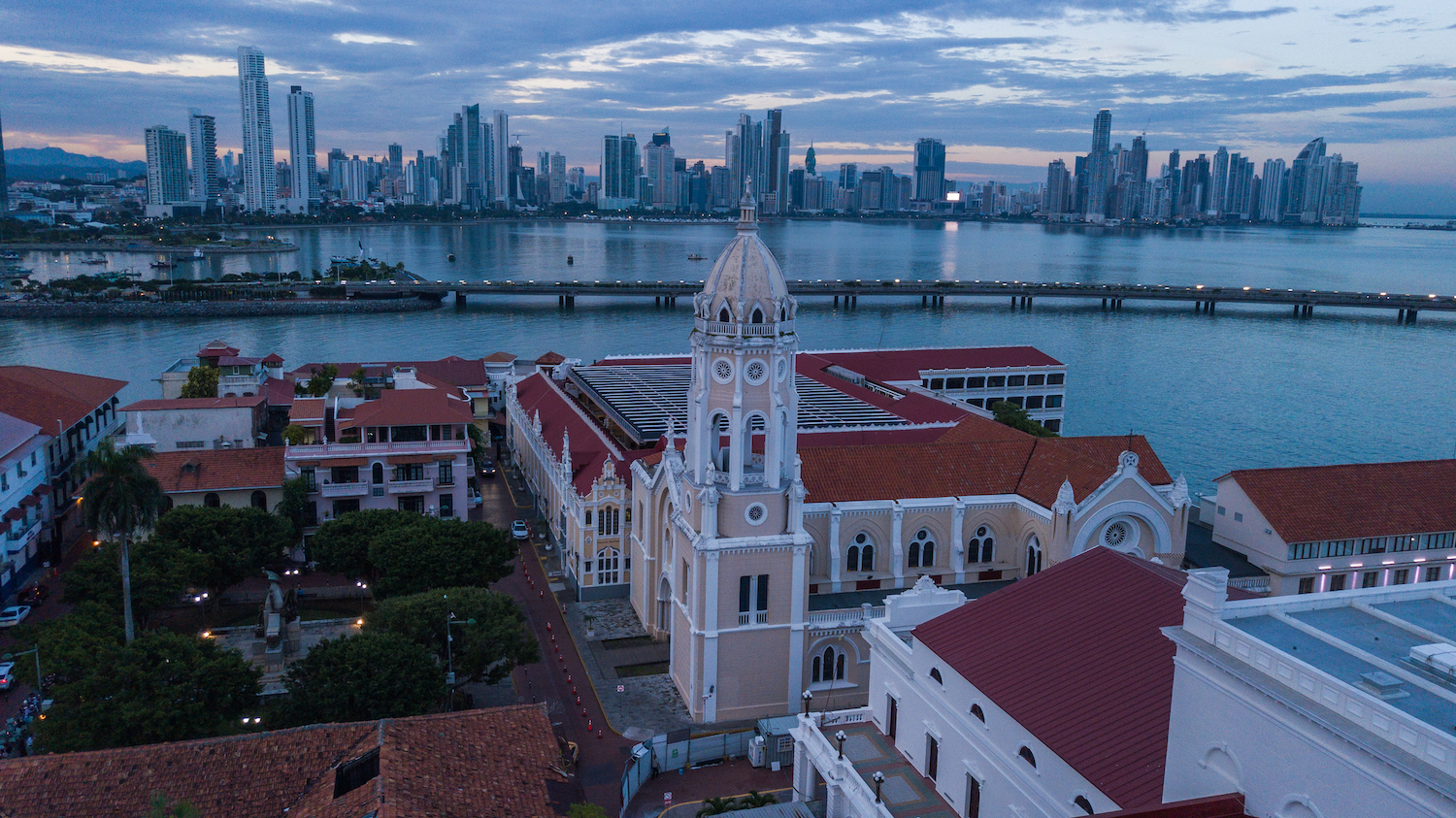
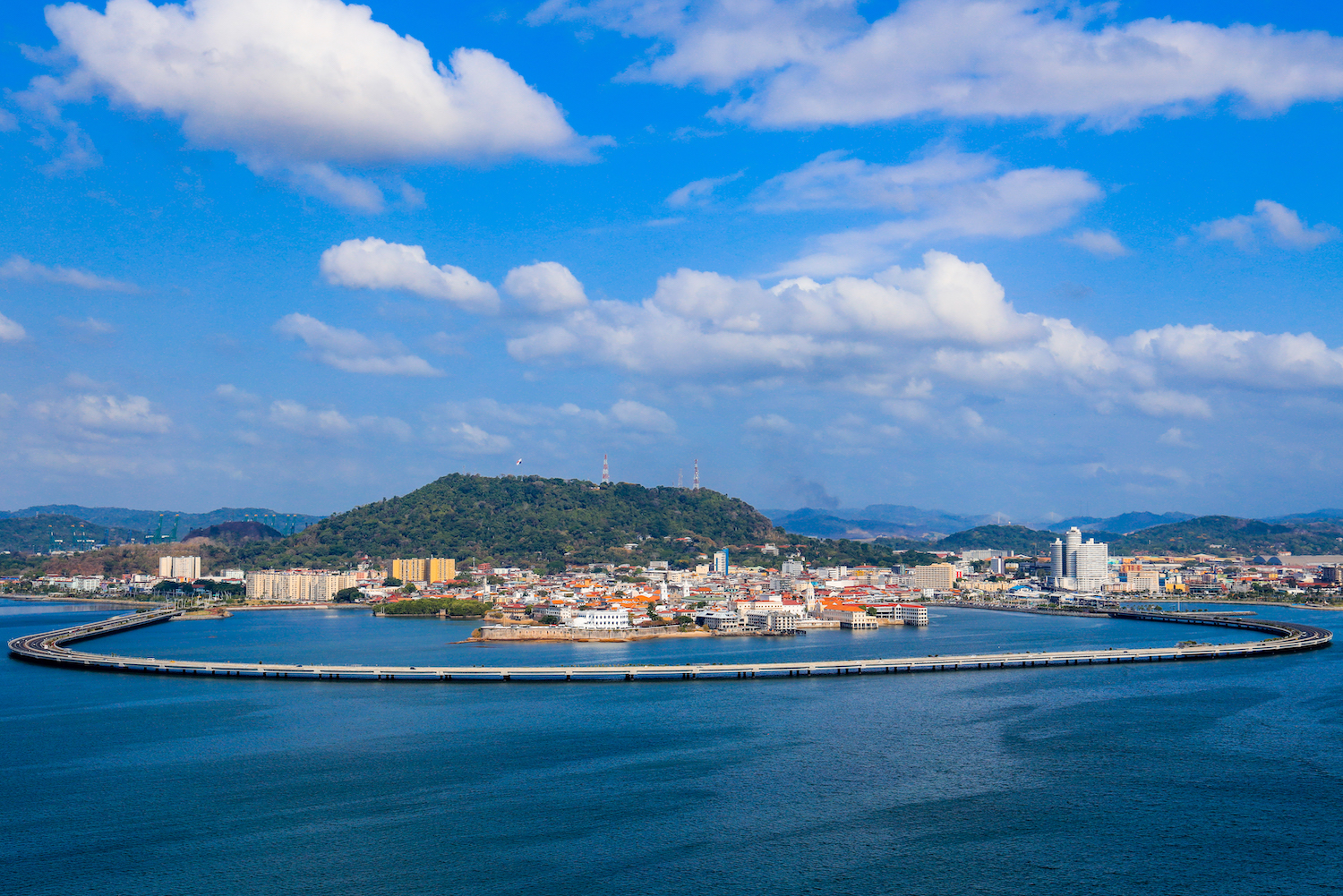
The complete evaluation process to add another World Heritage site in Panama concludes in May 2024. This route has historical value because it was used by the Spanish since they colonized Panama and America until the mid-18th century. This route served to build the Panama Interoceanic Railroad in 1855 and the Panama Canal, completed in 1914.
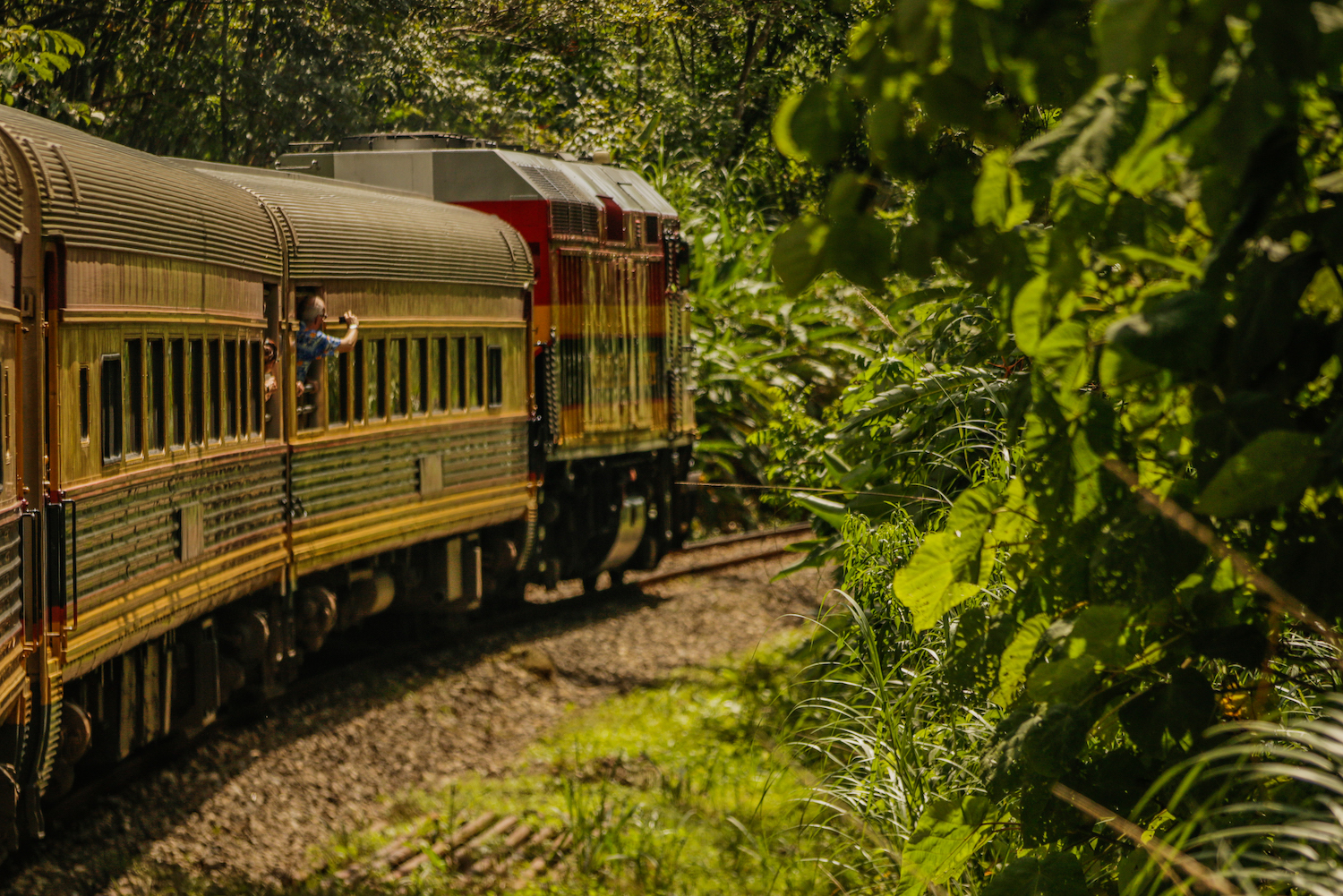
The Trans-Isthmian Colonial Route is made up of a group of sites, including the Panama Viejo archaeological site and historic district of Casco Viejo (World Heritage since 1997), the fortifications of the Caribbean coast: Portobelo and San Lorenzo (on the list of Heritage in Danger since 2012), and the colonial roads that unite them: the Camino de Cruces and the Camino Real.